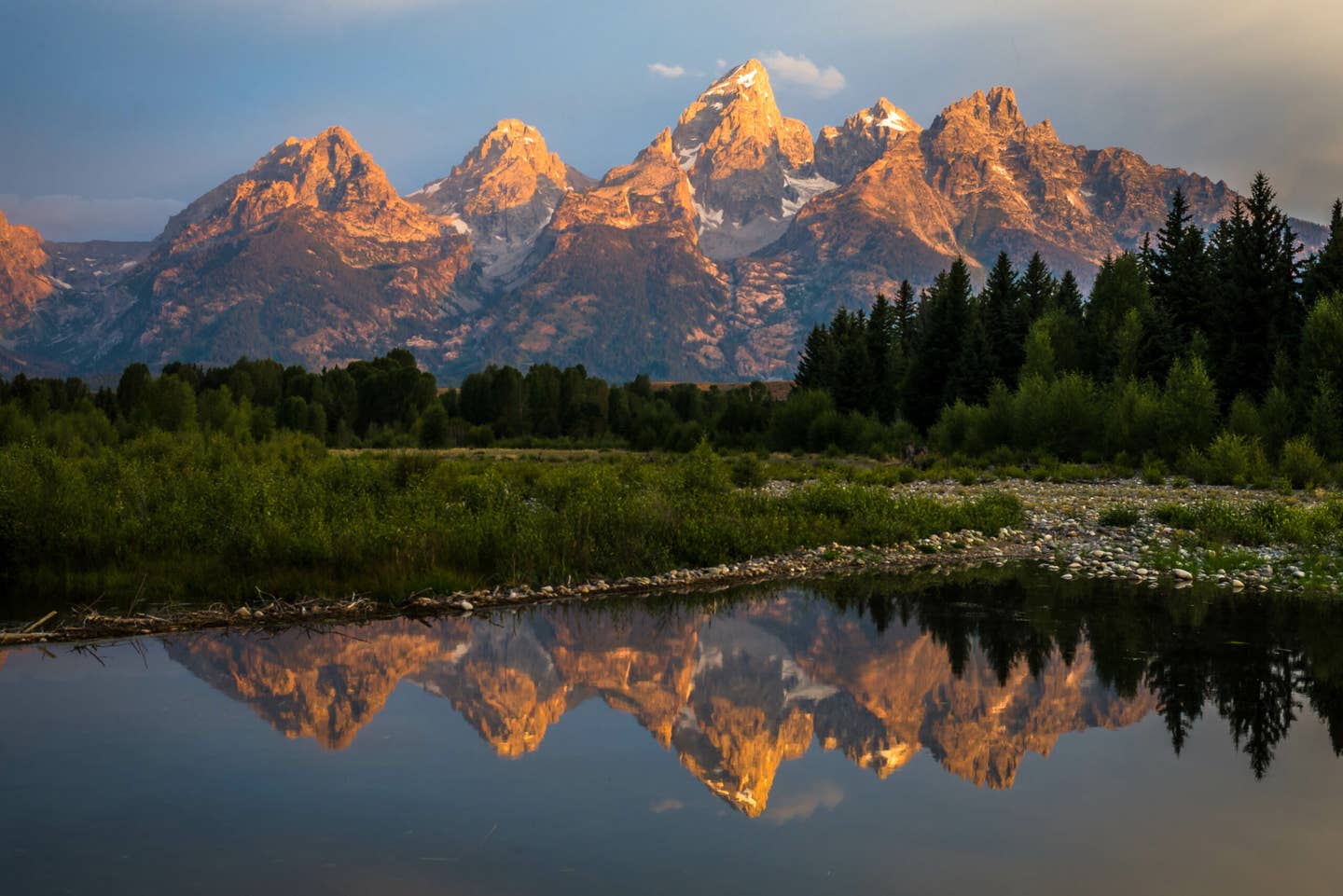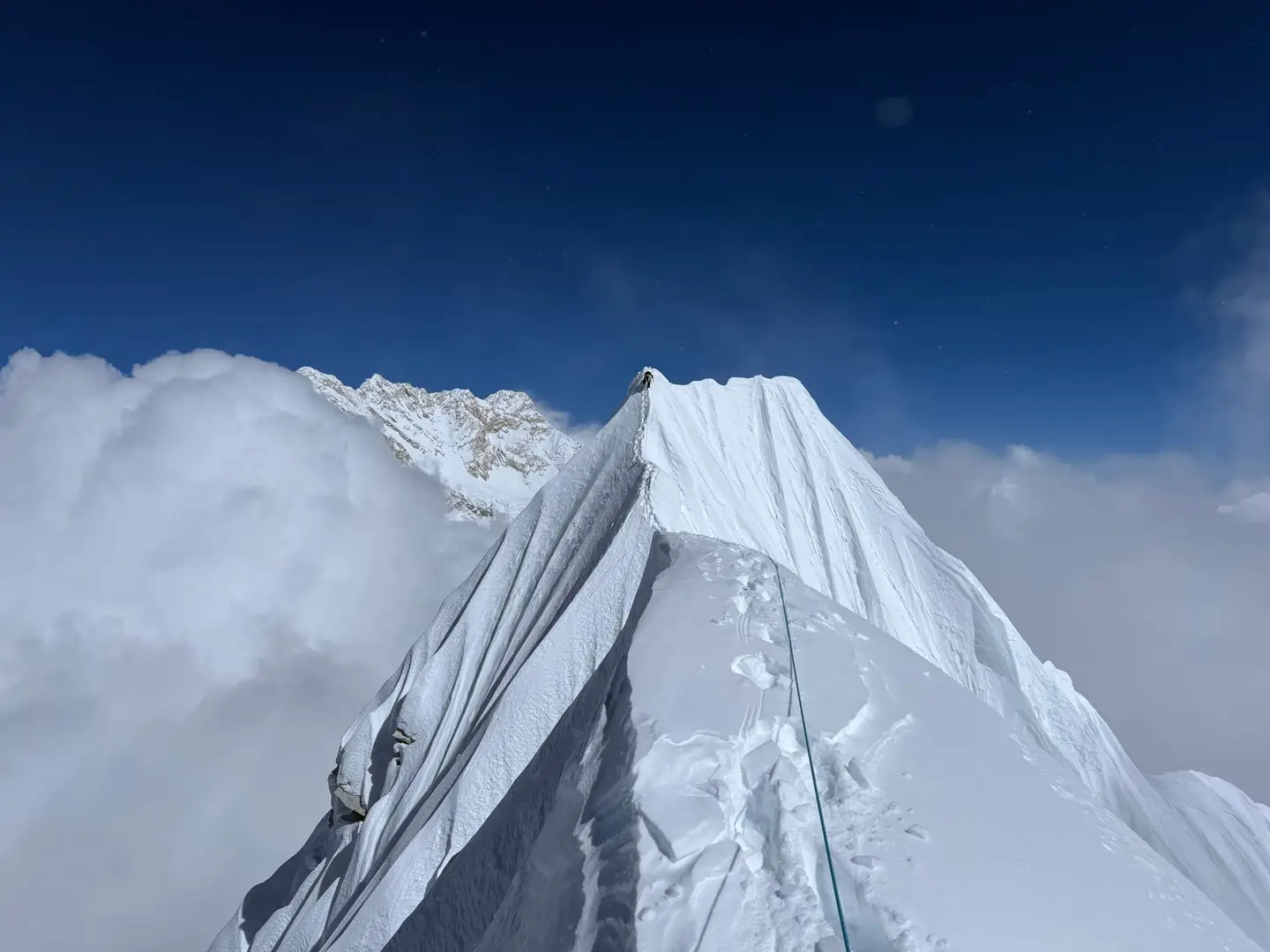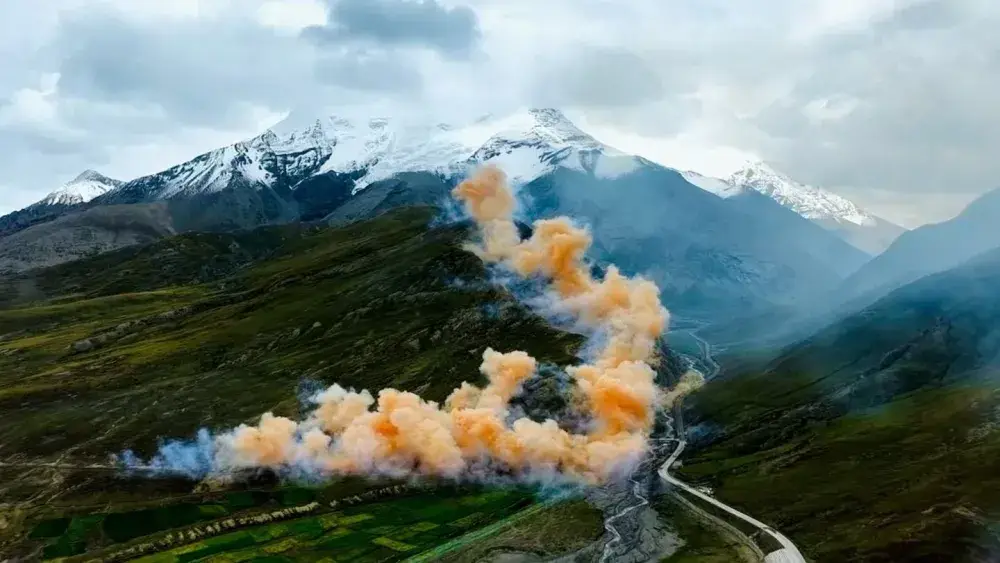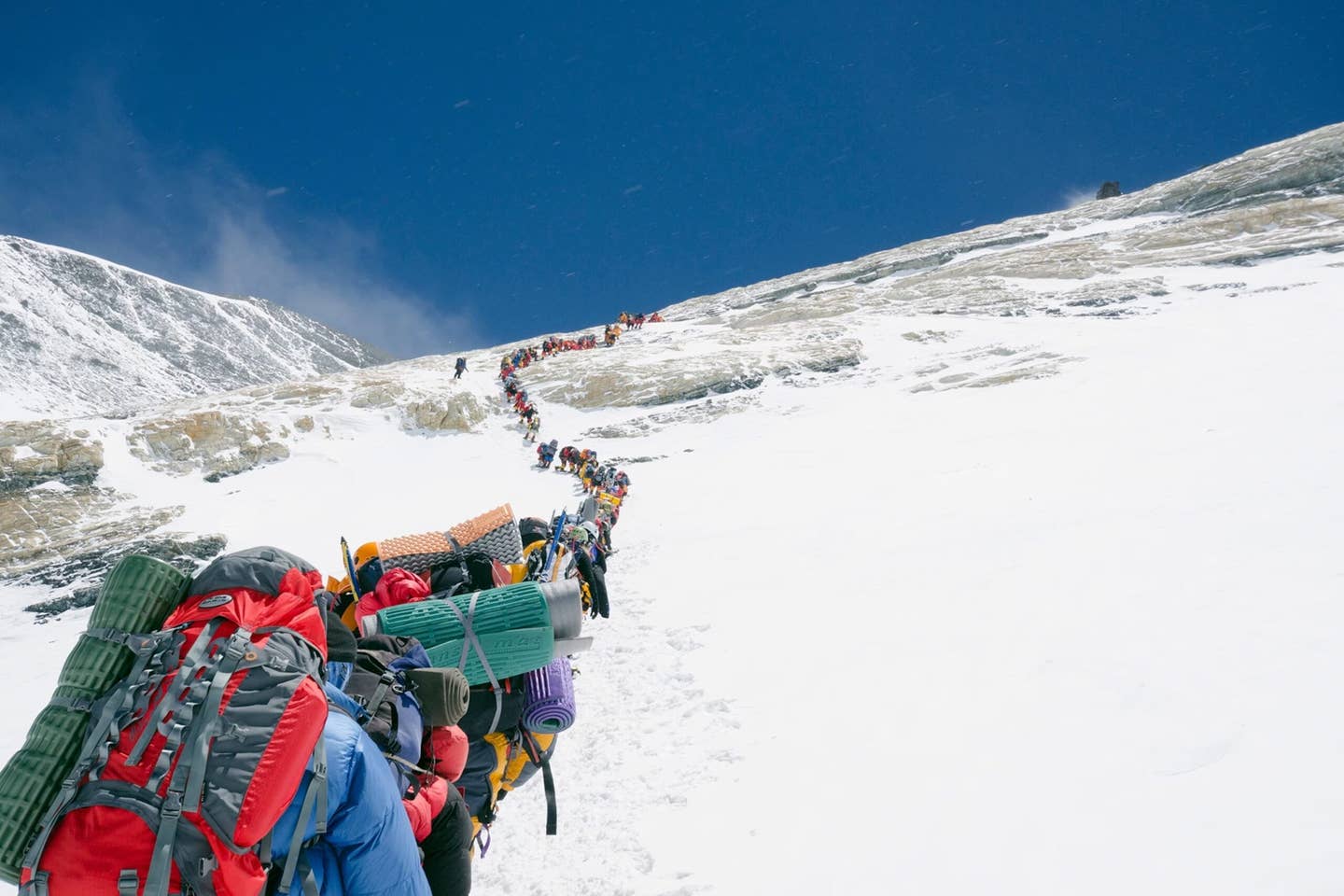

New Rules On Mt. Everest Are Weeding Out Inexperienced Climbers
Popular Stories
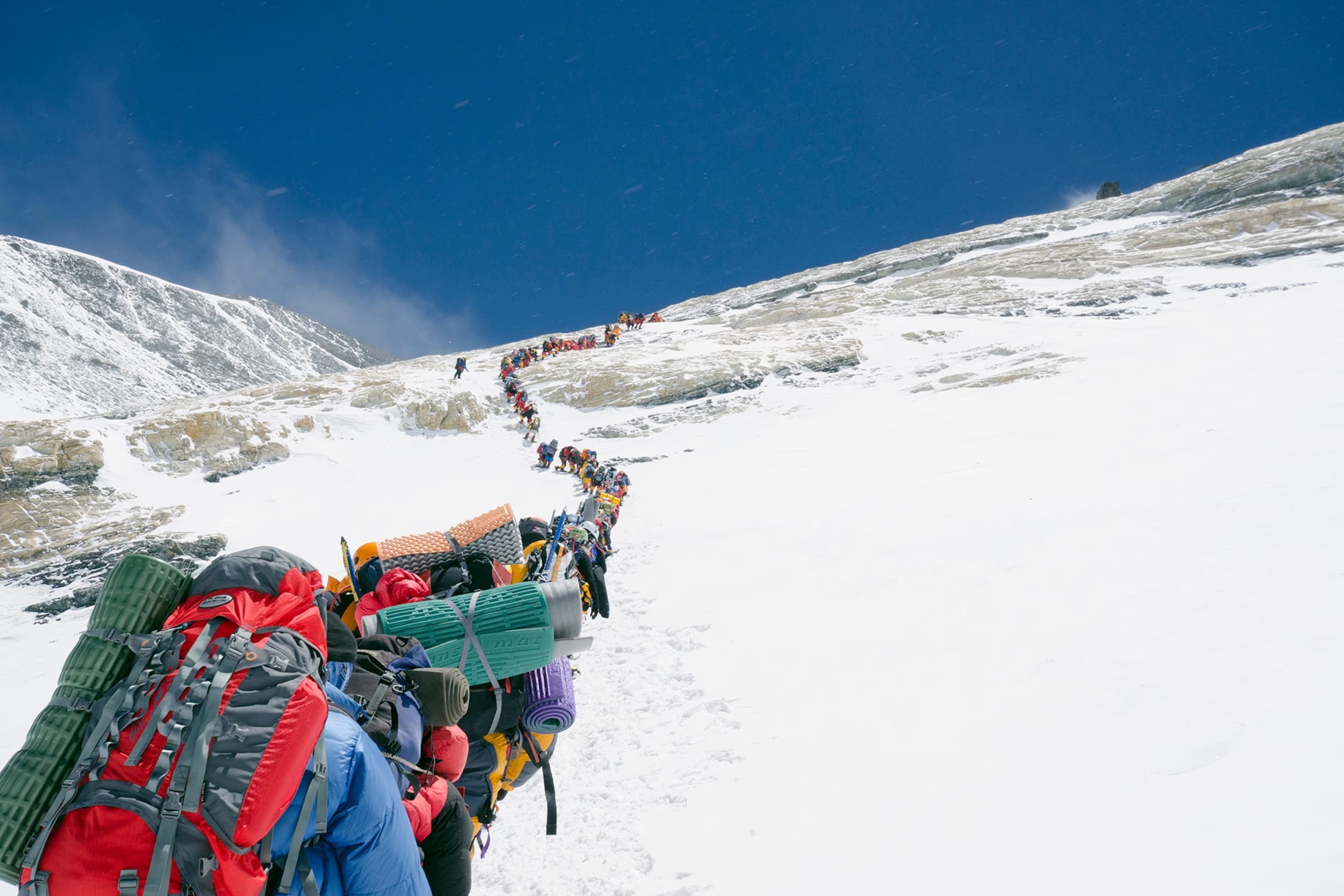
Photo: Robert Harding, Alamy
Mount Everest has always been the ultimate test piece, a line of mythical status in the high alpine. But for years, the narrative has been marred by stories of dangerous traffic jams in the "death zone" and a mountain choking on trash. Now, the Nepalese government is cracking down. If you plan to attempt the world's highest peak, be prepared to prove you belong there. The days of simply buying a permit and hoping for the best are over.
Here’s what you need to know about the new rules designed to curb overcrowding, reduce environmental damage, and increase safety on the mountain.
Rule #1: You Must First Climb a 7,000-Metre Peak in Nepal
Nepal is no longer handing out permits to amateur thrill-seekers. To even be considered, you must now prove you’ve previously summited another Nepalese peak that tops 7,000 meters. This ensures that climbers showing up to the big show have real-world experience in the punishing Himalayan environment.
Rule #2: Get a Clean Bill of Health
The physical toll of climbing Everest is brutal, from steep ascents to navigating tricky crevasse fields at altitudes where your body is screaming for oxygen. Because of this, a medical certificate issued within 30 days of your expedition is now mandatory to prove you are physically fit for the attempt.
Rule #3: Hire a Local Guide
The Sherpas of Nepal are legendary for their mountaineering prowess and intimate knowledge of the terrain. Now, all climbers are required to hire a Nepali mountain guide for their expedition. The logic is simple: the locals know the mountain best and are the most equipped to keep you out of trouble when things get gnarly. The rule also guarantees employment for local communities that depend heavily on mountaineering tourism.
Sign Up For Our Newsletter
Why the Sudden Crackdown?
This isn't just bureaucratic red tape. The new regulations are a direct response to a deadly and unsustainable situation. In 2023 alone, at least 17 people died on the mountain, the highest number ever recorded. While some deaths were due to extreme weather, many have criticized the government for issuing too many permits, leading to long, dangerous queues in the "death zones" above 8,000 meters where the human body can't survive for long.
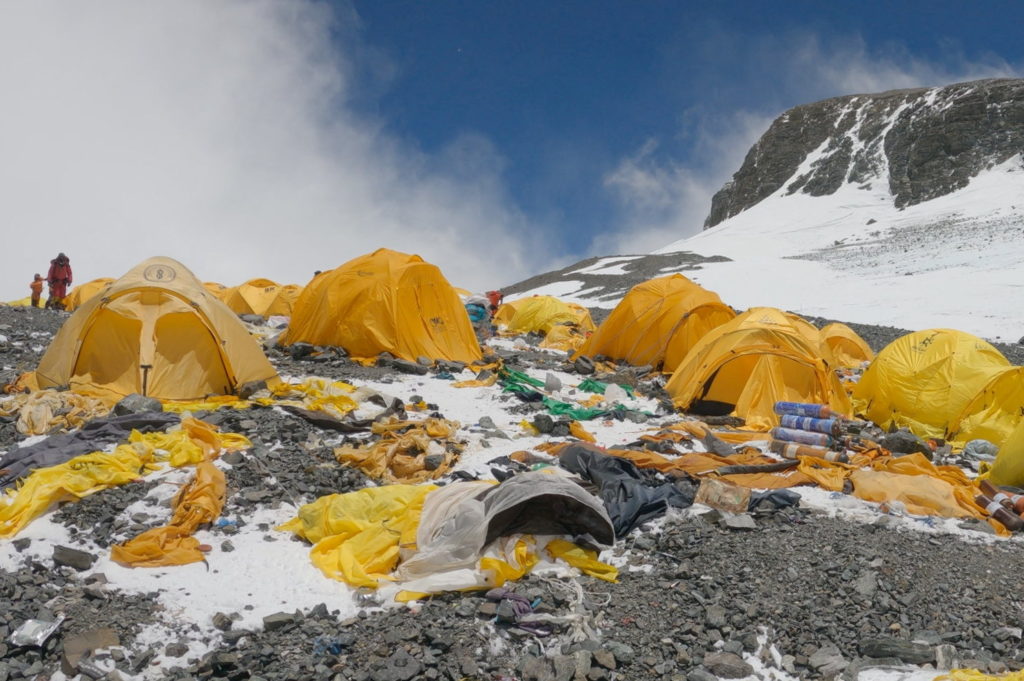
Photo: Bidhan Shrestha/Handout via Reuters
Beyond the human toll, the environmental damage has been staggering. The mountain has become littered with trash, human excrement, and even the bodies of fallen climbers.
These latest measures follow other recent changes, including making tracking devices mandatory for all climbers in 2024 and increasing permit fees by 36% to $15,000 for the peak season. The message is clear: if you want to climb Everest, you need to be skilled, prepared, and respectful of the mountain and the local community.
